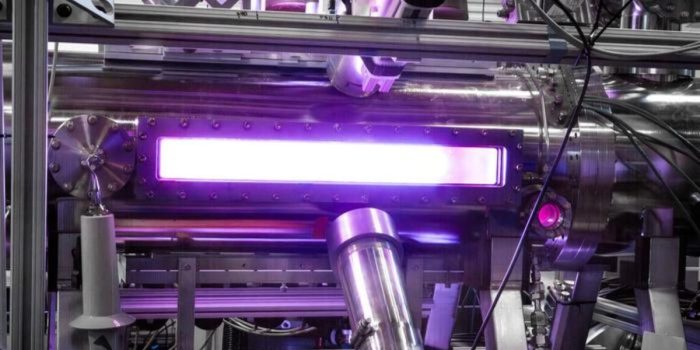In the domain of fusion energy research, Zap Energy, an innovative startup originating from the United States, has attained a noteworthy advancement. Their compact device has successfully attained plasma electron temperatures spanning from 20 to 66 million degrees Fahrenheit (11 to 37 million degrees Celsius).
This milestone is particularly remarkable, as throughout almost a century of fusion exploration, only a select few technologies have managed to exceed the fusion temperatures observed in the core of the Sun. Fusion, which entails the fusion of atomic nuclei to unleash copious amounts of energy, is highly coveted as a sustainable and efficient means to satisfy global energy demands.
The primary obstacle in fusion research lies in the generation and confinement of plasma. Plasma, characterized as the fourth state of matter, comprises freely moving nuclei and electrons. While fusion reactions yield tremendous energy outputs, regulating the heating and cooling rates of plasma, notably the swift cooling of electrons, remains a persistent challenge.

Zap Energy utilizes a plasma confinement scheme known as the Fusion Z-pinch Experiment (FuZe), initially funded by the Department of Energy’s ARPA-E and developed at the University of Washington. FuZe employs large electric currents through thin plasma filaments to generate electromagnetic fields that heat and compress the plasma. However, previous iterations of FuZe resulted in short-lived plasmas.
To address this issue, Zap Energy introduced a dynamic flow through the plasma, known as sheared-flow stabilization, optimizing the plasma’s temperature, density, and lifetime. This delicate balance in plasma physics ensures stable and high-performance fusion plasma.
“The dynamics are a wonderful balancing act of plasma physics,” said Ben Levitt, Vice President of R&D at Zap. “As we climb to higher and higher plasma currents, we optimize the sweet spot where the temperature, density and lifetime of the Z pinch align to form a stable, high-performance fusing plasma.”

Collaborating with Lawrence Livermore National Laboratory (LLNL) and the University of California, San Diego (UCSD), Zap Energy measured the temperature of electrons using Thomson scattering. This method involves firing pulses of green light at the plasma to measure electron scattering and temperature. The results confirmed that electrons in the FuZe plasma were as hot as the nuclei, maintaining thermal equilibrium.

Importantly, FuZe’s approach doesn’t rely on superconducting magnets or powerful lasers, making it cost-effective and quick to build compared to other fusion technologies. This cost-effectiveness allows for rapid iteration and development towards commercial fusion products.
“Zap tech is orders of magnitude less expensive and quicker to build than other devices, allowing us to iterate rapidly and produce the cheapest thermal fusion neutrons out there,” said Benj Conway, CEO and co-founder of Zap, in the press release. “Compelling innovation economics are vital to launching a commercial fusion product on a timescale that matters.”
Zap Energy’s achievements have been published in Physical Review Letters, marking a significant advancement in fusion research. Additionally, the company has embarked on its next project, Fuze-Q, with ten times the energy capacity of FuZe, promising even higher temperatures and greater potential for commercial fusion energy production.


